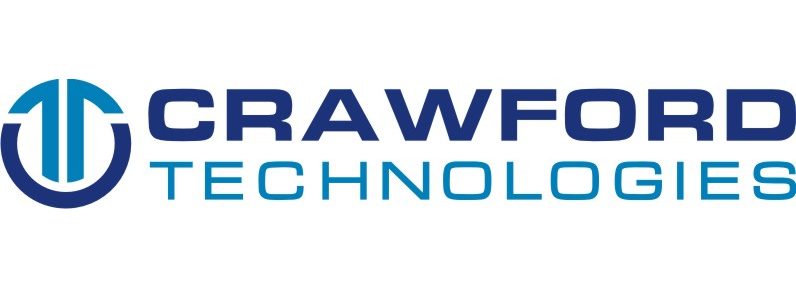
by Jennifer Smith | Mar 26, 2025 | Skip's World, Xplor Press
Lutz, FL – March 26, 2025 – Xplor International, the worldwide electronic document systems association, today announced that after more than 40 years, they have made the difficult decision to cease operations effective March 31, 2025. “This decision was not made...

by Chad Henk | Aug 12, 2024 | Blog Frontpage, Skip's World
Xplor International’s University Communication Design Competition has completed its first stage, which included participants from California Polytechnic State University and the Rochester Institute of Technology. As stated in Xplor’s recent press release, the contest...

by Chad Henk | Jul 12, 2024 | Blog Frontpage, Skip's World
As we count down to the Summit, the anticipation is building for what promises to be the most comprehensive and dynamic event in the customer communications management (CCM) industry. With just 11 weeks to go until the September 24-26, 2024 Summit at the Hilton...

by Skip Henk | Dec 4, 2023 | Blog Frontpage, Skip's World
Interviewed by Skip Henk, EDP, President and CEO of Xplor International I have had the pleasure of watching Crawford Technologies over the years becoming a leading provider of customer communications solutions. Their latest solution, SmartSetup, was recognized at the...

by Skip Henk | Sep 25, 2023 | Blog Frontpage, Skip's World
By Skip Henk, President/CEO, Xplor International Roger Gimbel and I have known each other for almost 30 years. For the last 20, through Xplor as Gimbel & Associates is a staunch supporter of the association as a Platinum Elite Partner, Diamond Event sponsor,...

by Skip Henk | Jul 4, 2023 | Blog Frontpage, Skip's World
A discussion with Atif Khan, VP AI & Data Science at Messagepoint Interviewed by Skip Henk, EDP, President and CEO of Xplor International I recently read an article generated by ChatGPT on “The Future of CCM.” The article referenced various technologies and...






